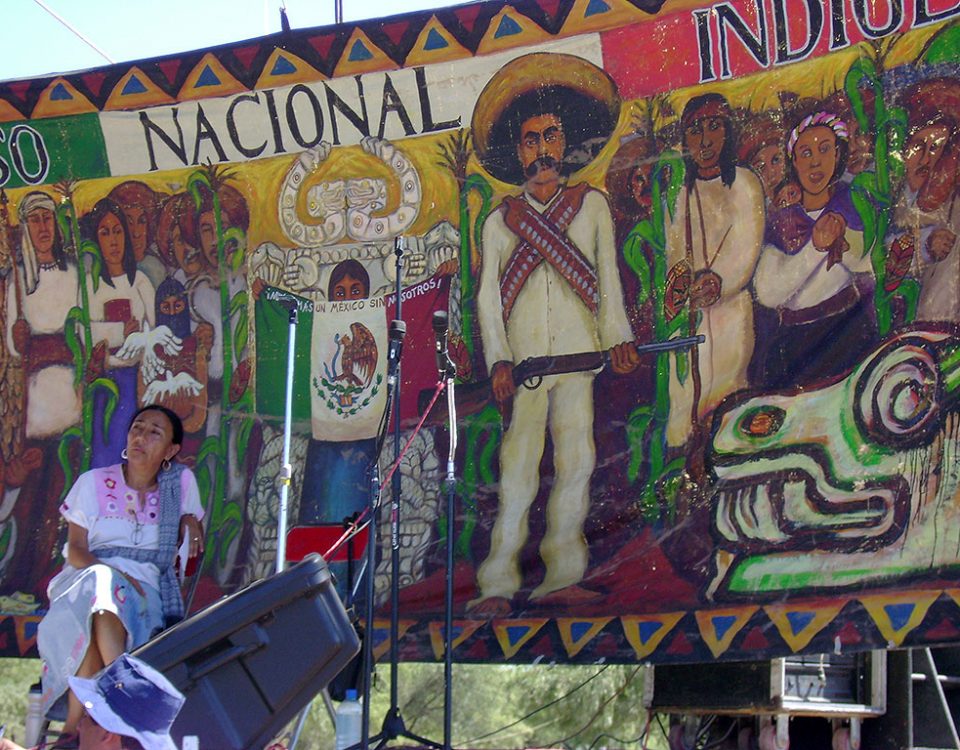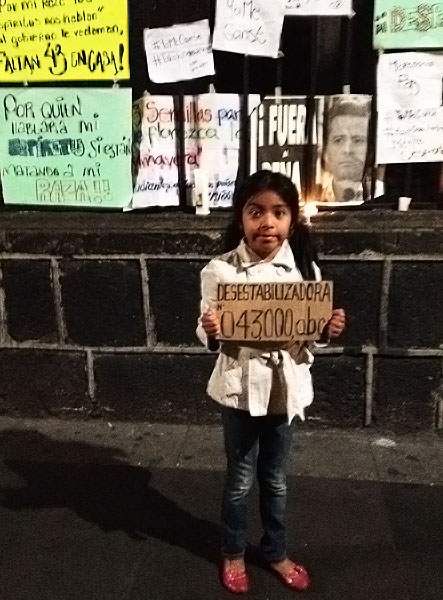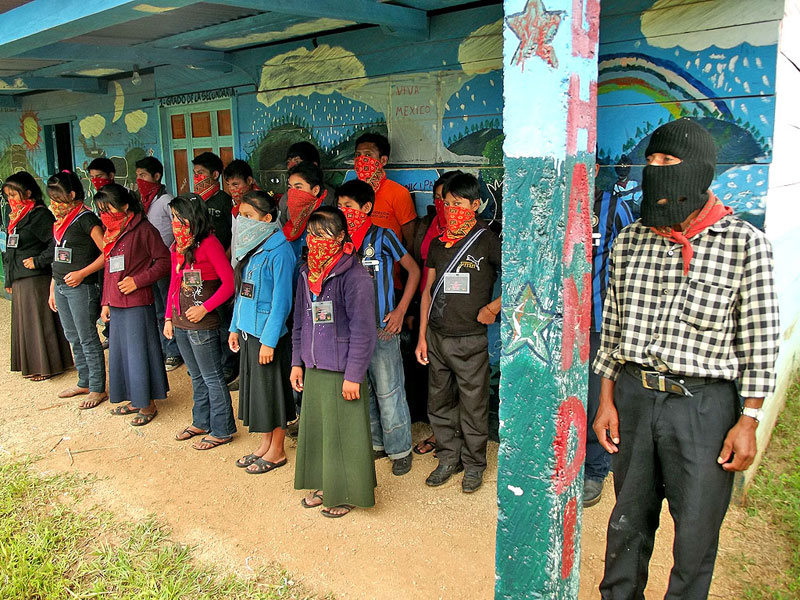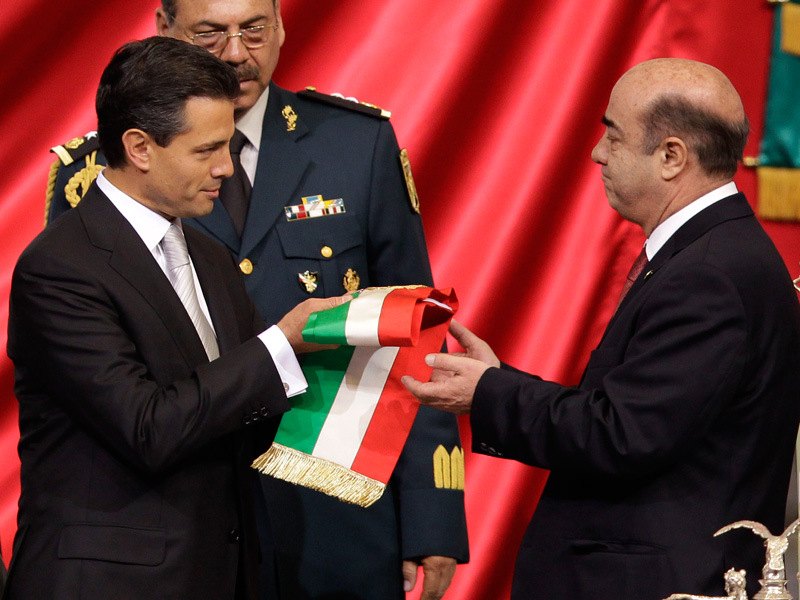2003
31/12/2003UPDATE I: Chiapas, Hot spots multiplying in high tension context
30/06/2004On January 1st, more than 20,000 indigenous people “took over” the city of San Cristóbal. The EZLN broke the silence, condemming the three main political parties for having betrayed the spirit of the San Andrés accords with the indigenous law that they approved. In the following months, the “Calender of Resistence,” twelve documents in which Sub Comandante Marcos x-rayed the movements taking place in the rest of México (taking the same route as the March of the Color of the Earth).
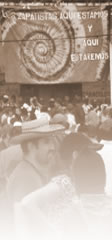 In May, after months of tension from threats of eviction, the state government of Chiapas and Lacondon leaders agreed to a respite, in which no communities would be evicted from the Montes Azules Biosphere. Although after this, no more violent acts took place, contradictory discourses on the part of the different governmental agencies helped maintain a high level of tension in the region.
In May, after months of tension from threats of eviction, the state government of Chiapas and Lacondon leaders agreed to a respite, in which no communities would be evicted from the Montes Azules Biosphere. Although after this, no more violent acts took place, contradictory discourses on the part of the different governmental agencies helped maintain a high level of tension in the region.
In July, violent actions took place during the legislative elections in the indigenous regions of Chiapas, principally in San Juan Cancuc, Zinacantán and Chenalhó. At the federal level, there was the greatest level of absenteeism in the recent history of the country.
At the same time, the EZLN announced a series of changes in regards to their internal functions and relations with national and international civil society (seven documents which make up the “Thirteenth Stele”). In order to build the autonomy established in the San Andrés accords, on August 8-10th in Oventik, the command of the EZLN announced the disappearence of the Aguascalientes, and the creation of the Caracoles and the Good Government Committees (JBG). Each one of the five Good Government Committees is formed by one or two delegates of the Autonomous Councils in said region, covering the 30 Rebel Autonomous Zapatista Municipalities. The Zapatista project appears, more than ever, to be a form of resistance that is more than just military. It has adopted a proactive attidude of civil disobedience and has assumed ever more explicitly the functions of the government.
The EZLN also announced the retiring of its checkpoints as well as its tolls in the roads and highways as a gesture of good will towards the non Zapatista communities. Nonetheless, the EZLN will continue working in defense of the Autonomous Municipalities.
The creation of the JBG’s opened a new phase in the recomposition of the relationships – as much within as outside of the Zapatista territories. Despite the conciliatory message towards the non-Zapatistas, this repositioning generates problems on the part of some social actors, in particular in aspects of territorial definition and the administration of justice, because of the plurality that exists in “Zapatista” territories.
At the national level, representatives of the National Indigenous Congress promised to continue the example of the Zapatistas, promoting indigenous autonomy in all of the country, and defending the rights of the indigenous communities.
Faced with this repositioning, the discourse of the official government seems to have been directed at understanding that the Good Government Committees could fit into the Constitution, thanks to the last constitutional reform that permitted indigenous autonomy.
Twenty years after the foundation of the EZLN and almost ten years after the armed uprising of ’94 in Chiapas, the possibility of renewing the processes of negotiation appear more and more remote, as each of the parties move towards different strategies, times and interests.

